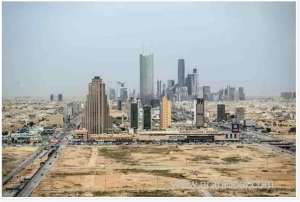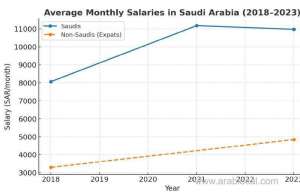Saudi Arabia has introduced a five-tier white land tax in Riyadh—charging up to 10% annually on undeveloped plots over 5,000 m² within city boundaries—to curb speculation, unlock land supply, and support balanced urban growth under Vision 2030.
Five-tier white land fee in Riyadh to balance the real estate market.
What Is the Riyadh White Land Fee?
The new white land fee imposes annual levies on undeveloped land within the official urban boundary of Riyadh. The tiered structure is:
- Priority Zone 1: 10% of assessed land value
- Priority Zone 2: 7.5% of assessed land value
- Priority Zone 3: 5% of assessed land value
- Priority Zone 4: 2.5% of assessed land value
- Outside priority zones: Exempt from fees but still included in the owner’s total undeveloped land within Riyadh
The policy applies to all land uses inside the official urban boundary maps. The minimum eligible land size is 5,000 m², whether a single plot or multiple combined plots owned by the same person in Riyadh.
Governance, Valuation & Oversight
- A technical committee with licensed appraisers from the Saudi Authority for Accredited Valuers will assess land values and set development timelines. Committee members serve for three years, with the option to renew.
- Each year, the ministry will review land and housing availability, market activity, land prices, and any monopolistic practices.
- Based on these reviews, the ministry may apply, suspend, or adjust the program to fit Riyadh’s urban development needs.
Why This Fee Matters for Riyadh’s Real Estate Market
The five-tier structure is designed to discourage land hoarding, accelerate development of serviced plots, and improve affordability by increasing the supply of buildable land. It supports fair land use and aligns with Saudi Arabia’s Vision 2030 housing and urban development goals.
Who Is Affected?
Owners and developers holding undeveloped land of 5,000 m² or more within Riyadh’s urban boundary fall under the fee. Holdings may be aggregated across multiple plots owned by the same person. Land outside priority zones is exempt from the fee but still counted toward the owner’s total undeveloped area inside Riyadh.
Practical Tips for Landowners & Developers
- Assess whether your undeveloped plots fall within the designated priority zones and meet the 5,000 m² threshold (single or aggregated).
- Prepare documentation for valuation by accredited appraisers and plan development timelines to reduce exposure to ongoing fees.
- Align project phasing and infrastructure with expected timelines to avoid penalties and optimize returns.
Conclusion
The Riyadh white land tax marks a pivotal shift in urban policy—targeting under-utilized land, encouraging development, and helping stabilize the real estate market. By scaling fees by priority zone and instituting rigorous oversight, the initiative supports balanced growth and improved housing outcomes in the capital.






